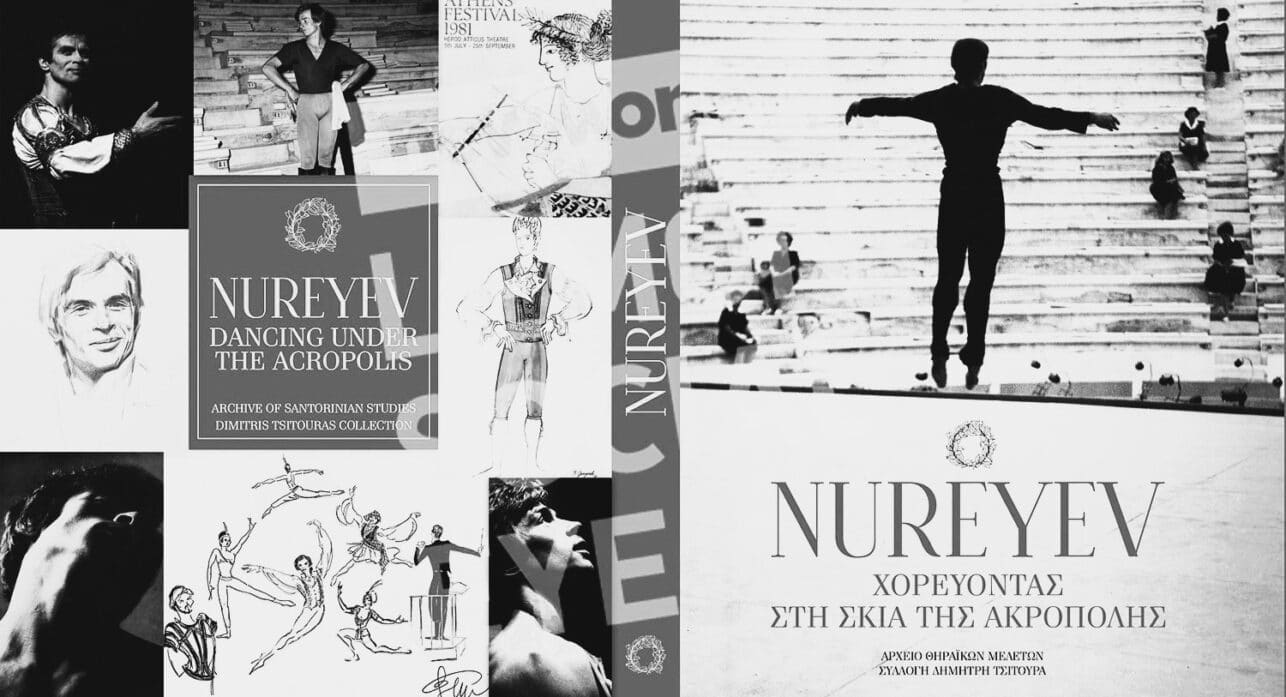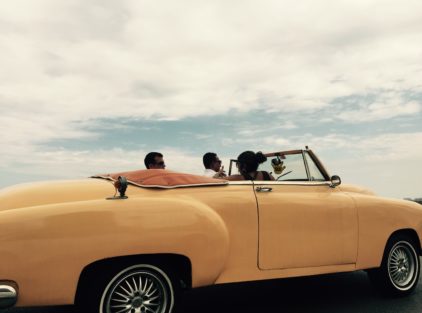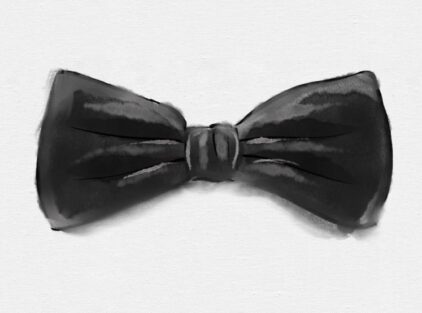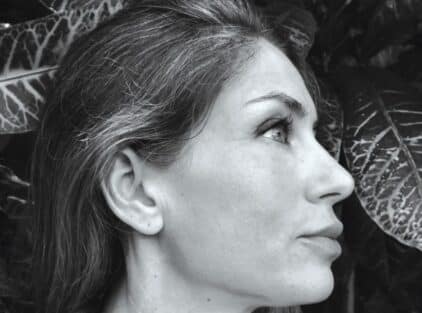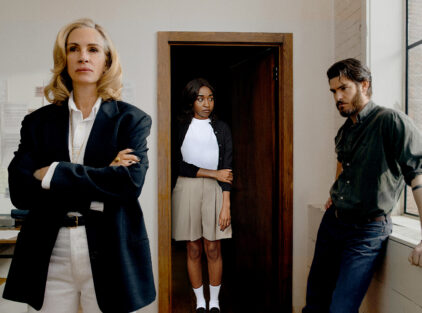by Christos Zampounis
In 1984, Stavros Niarchos rushes backstage at the Odeon of Herodes Atticus to congratulate Rudolf Nureyev, as his baptismal name had been Greek-ized at the time. According to the Russian custom, he kisses him on the mouth. Their friendship will last until he passed, in 1993, the leading, along with Nijinsky, dancer of the 20th century. To put things in perspective, what Maria Callas was to Opera, Rudolph Nureyev was to Dance, hence the “wink” to Aristotle Onassis. Dimitris Chitouras decided to capture the relationship of the eponymous Russian deacon of Terpsichore with Greece in a luxurious album. It was a promise he had made to Nureyev at their last meeting in Paris, a few months before his interlocutor died of AIDS. It includes photos, publications and sketches from his appearances in Athens.
Of particular interest are the private snapshots from Rudy’s vacations on the private island of Petalioi belonging to Peris Empirikos, as well as from the cruises on the latter’s boat “Aspasia”. Besides Niarchos and Empirikos, Nureyev also connected with other Greeks who write about him. Yannis Tsarouchis, Eleni Helmi-Markezini, Alexis Costalas, Dimis Argyropoulos and, of course, the agent Theodoros Kritas are some of them. It is no coincidence, after all, that the “Nureyev” edition is entitled “Dancing in the shadow of the Acropolis”, nor that Dimitris Tsitouras “dedicated” to him one of the five houses he owns in Santorini. For cinephiles, Ralph Fiennes’ The White Crow is recommended, while for book lovers, his biography by Julie Kavanagh.
